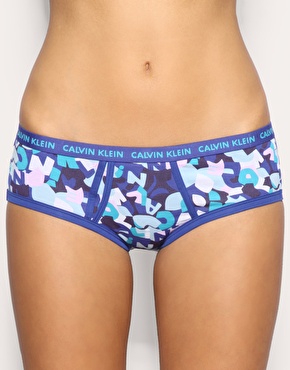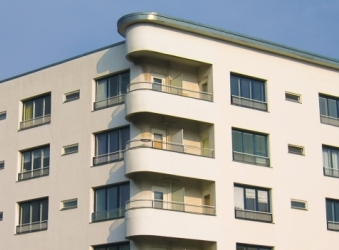In this article I will explain in simple terms, what goes behind the 3D animation that you watch in movies and what makes it different from conventional two dimensional animation.
What is that extra 3rd dimension? Take a piece of paper and sketch a simple figure on it (a cat, a dog or anything that comes to your head). Lets say it is a cat and it is facing you from that sheet of paper. So you have the front view of the cat in front of you. Suppose if you feel that you want to see the cat from a side, will it help if you rotate the paper or flip it? No. Why? It is simply because the sketch you have drawn has the 3rd dimension missing.
Suppose instead of sketching your imagination down on the piece of paper, you decided to sculpt it on a handful of clay. Since the medium you used (clay) had volume, you had to define the cats shape from all angles during the sculpting. Hence you unknowingly added that 3rd dimension to it and that is the reason you have the freedom to rotate it any way you want.
How conventional 2D animation works:
Before computers started playing their indispensable roles in the animation industry, everything was done manually by animators, who were essentially artists. They would create a series of slides having images on it, where each slides image is the continuation of the previous one in the sequence. For example if an animator wanted to simulate a ball falling down, they would create a sequence of slides where first slide would portray the ball at the top. The next slide will show the ball, may be 1 cm lower than that in the first slide. In the next one, again lower and so on, till the last slide shows the ball hitting the ground. When the whole sequence of slides are shown in front of the viewer in a fast rate, it creates the feeling of the ball falling down.
What was missing in 2D animation?
The 2D animation always lacked the essence, since all the real-world sceneries and objects are 3D and when they gets transformed to 2D, they lose their reality. Later stage cartoons started to simulate the 3D effect by using gradients, and varying highlights, but it required huge extra effort from the part of the artist.
How 3D Graphics works:
The stages in 3D animation are more in number compared to the 2D animation. The first part of 3D animation starts with character sketching and 3D modeling. In the next stage the characters are rigged for animation. In the next stage they are animated. This is in fact a too compact form of what happens in the background. Lets see each of them in a little detail.
Character sketching: This is the stage where an artist sketches how the character should look from various angles. Usually the sketch will be done on paper or canvas. As many variations in poses are created so that it would help the 3D Modeler to sculpt a 3D Model out of it.
Character Modeling: A 3D artist, who is expertised in a 3D modeling and animating tool, will examine the sketches and starts sculpting the figure using his imagination and skill. I used the word sculpting because the process is much similar to the real sculpting we do with raw materials like clay. The software tool that the artist uses provides various approaches to perform the modeling. Usually organic modeling techniques like Polygonal Modeling (a polygon is subdivided to get the desired shape), NURBS modeling (curves are arranged to create a surface flowing through them), Subdivisional Modeling (A hybrid blend between polygonal modeling and NURBS modeling) are used. In these modeling techniques, the 3D modeling artist will sculpt out the characters shape in 3D using a set of tools provided by the 3D modeling software, by following any of the above mentioned approaches.
Editing and mixing:
The rendered scenes are imported into video editing software and edited. In the case of movies where the human characters need to interact with an animated character, proper mixing is done at this stage, though the 3D scene creation would have been done with that aim in mind, using techniques like motion tracking.
The advantages of 3D animation:
You might have wondered why we should go after the 3D animation, when the whole process itself takes a number of stages and appears to be very complex. Apart from the complexities involved, it does offer a lot of advantages. Once the modeling process is completed, the 3D software allows very flexible control over the scene and animation. You can rotate the model in any angle you want (unlike 2D). 3D animation software also gives a rich collection of tools that aid the process of modeling and animation. You can choose from a wide variety of modeling techniques based on your requirement. Lighting and camera setup is the exact replica of a real world movie shooting environment. Apart from all these, the ultra realism offered by the 3D rendered scenes makes 3D graphics the best solution for the emerging animation industry.

 Calvin Klein Perfume Can Be A Style Statement!
Essentially the most light and not quite so lasting is port
Calvin Klein Perfume Can Be A Style Statement!
Essentially the most light and not quite so lasting is port
 Information On Home Residence Security Systems Available In The Market
Do I need a home security system?
To answer this questio
Information On Home Residence Security Systems Available In The Market
Do I need a home security system?
To answer this questio
 Examining Simple Stair Lift Products
The handles and hardware accents usually are crafted from g
Examining Simple Stair Lift Products
The handles and hardware accents usually are crafted from g